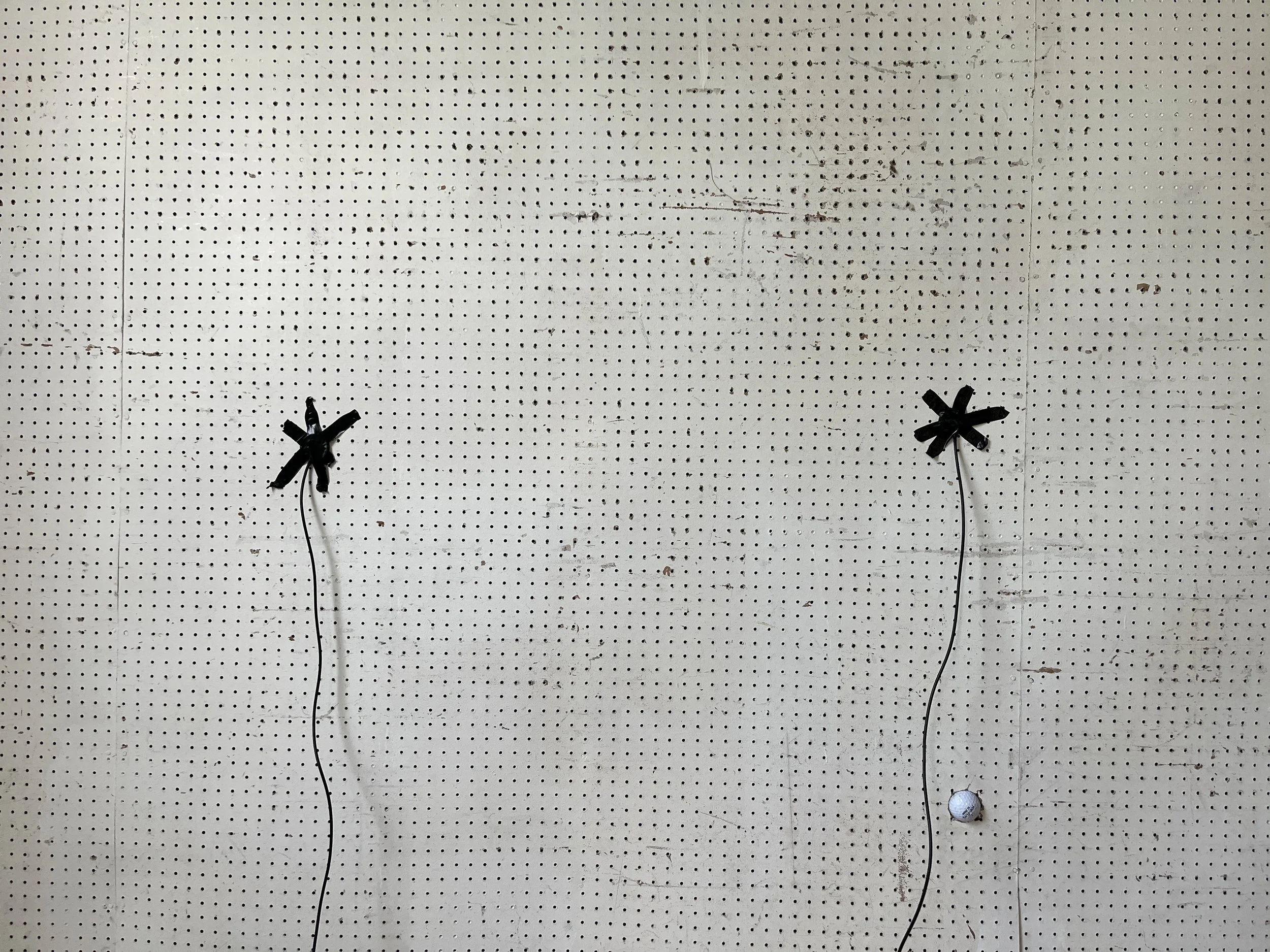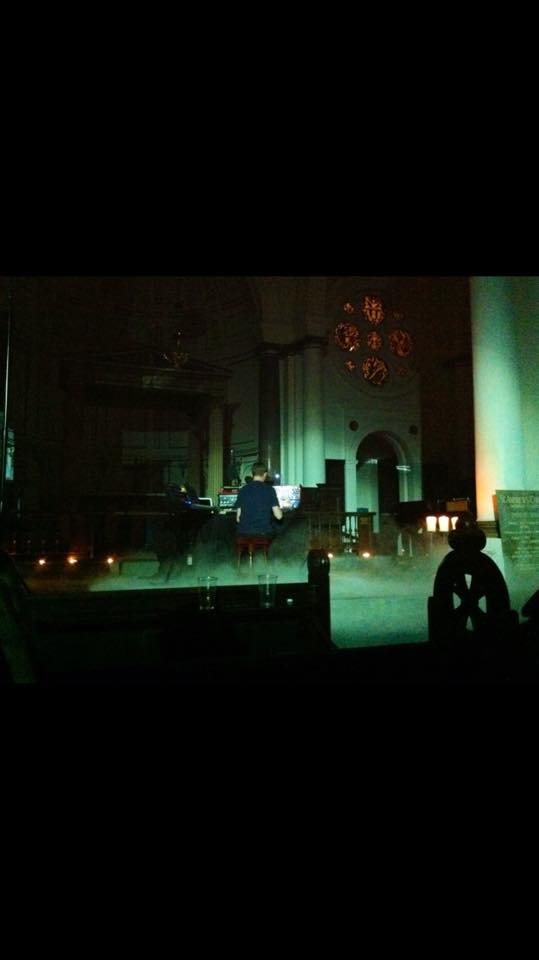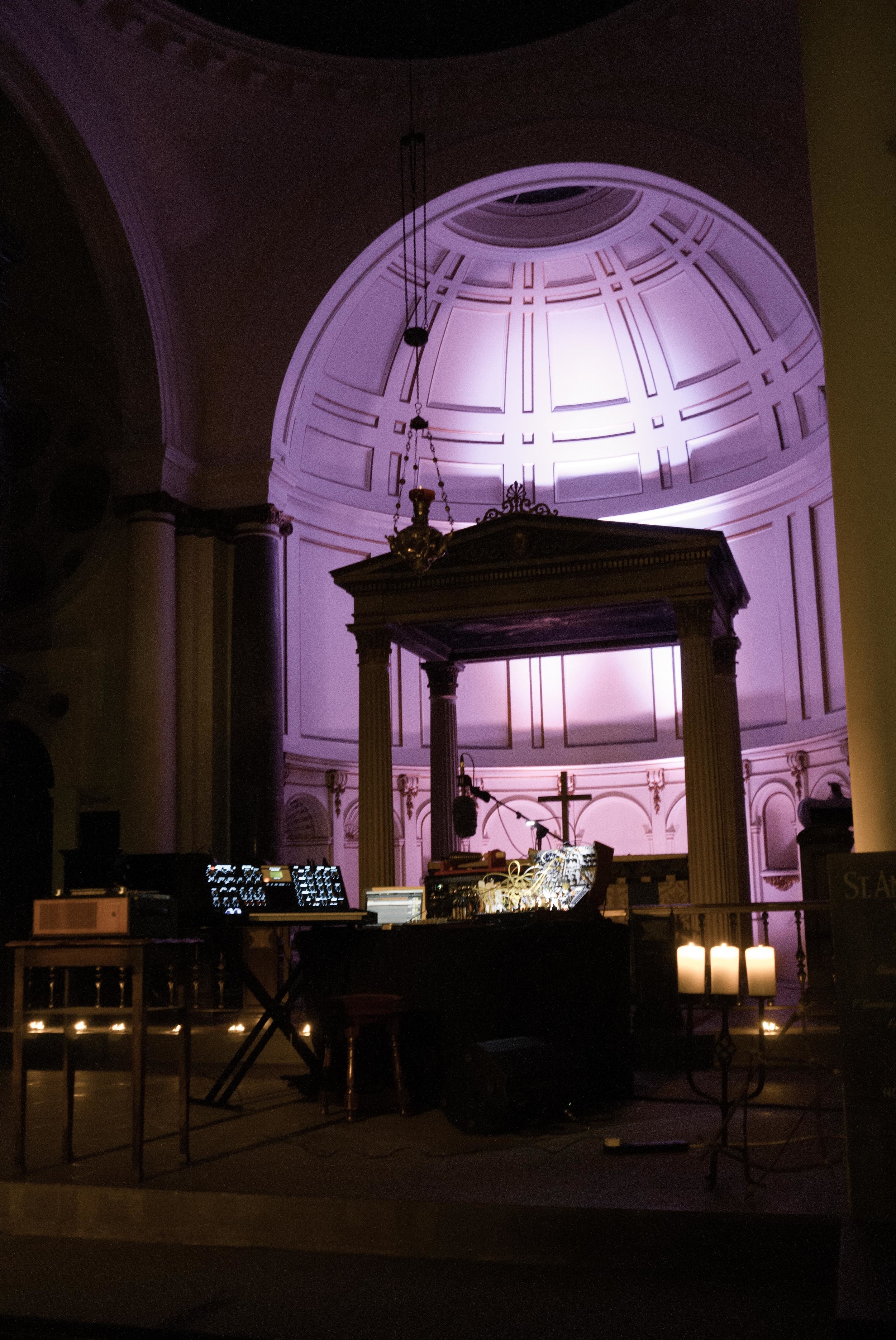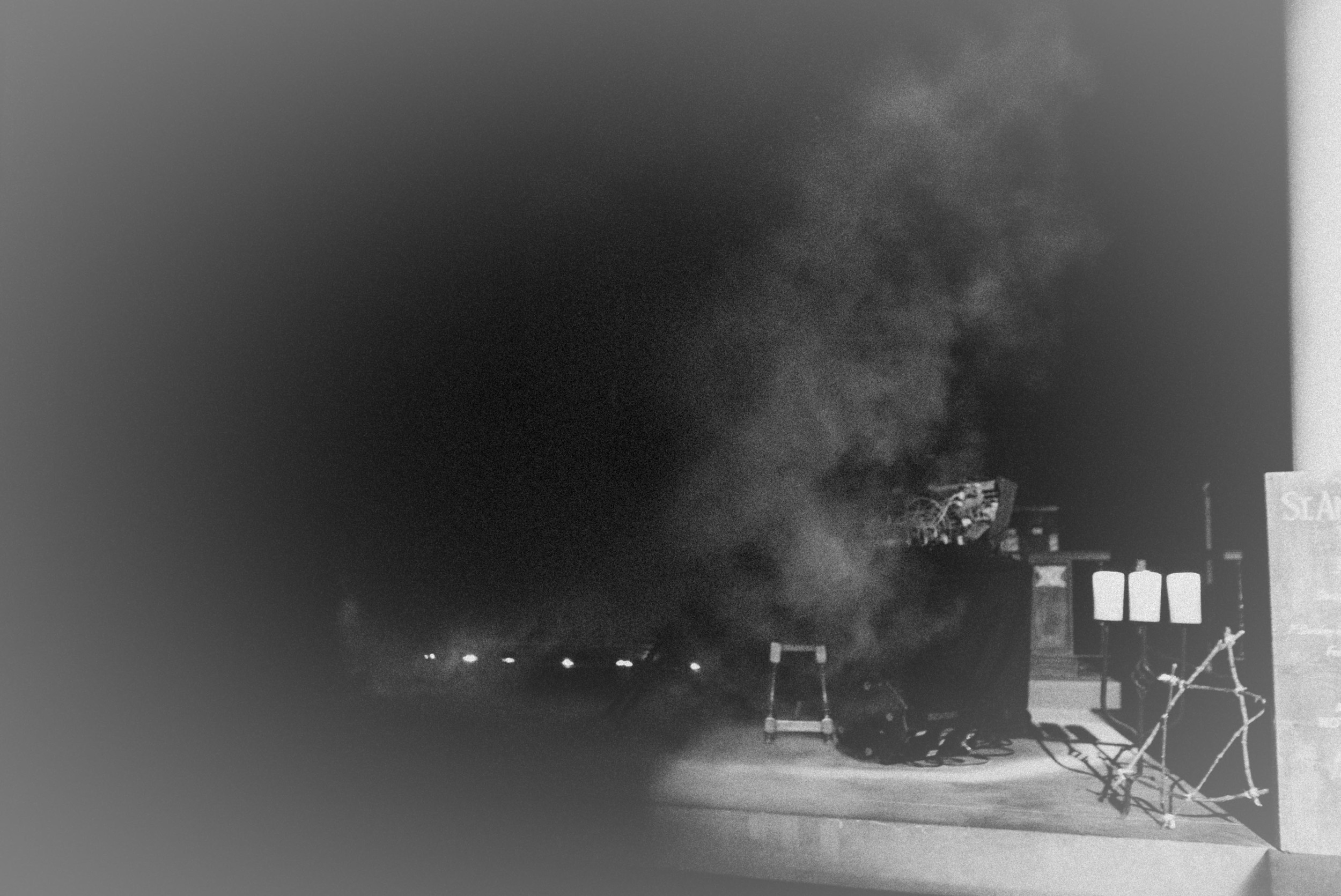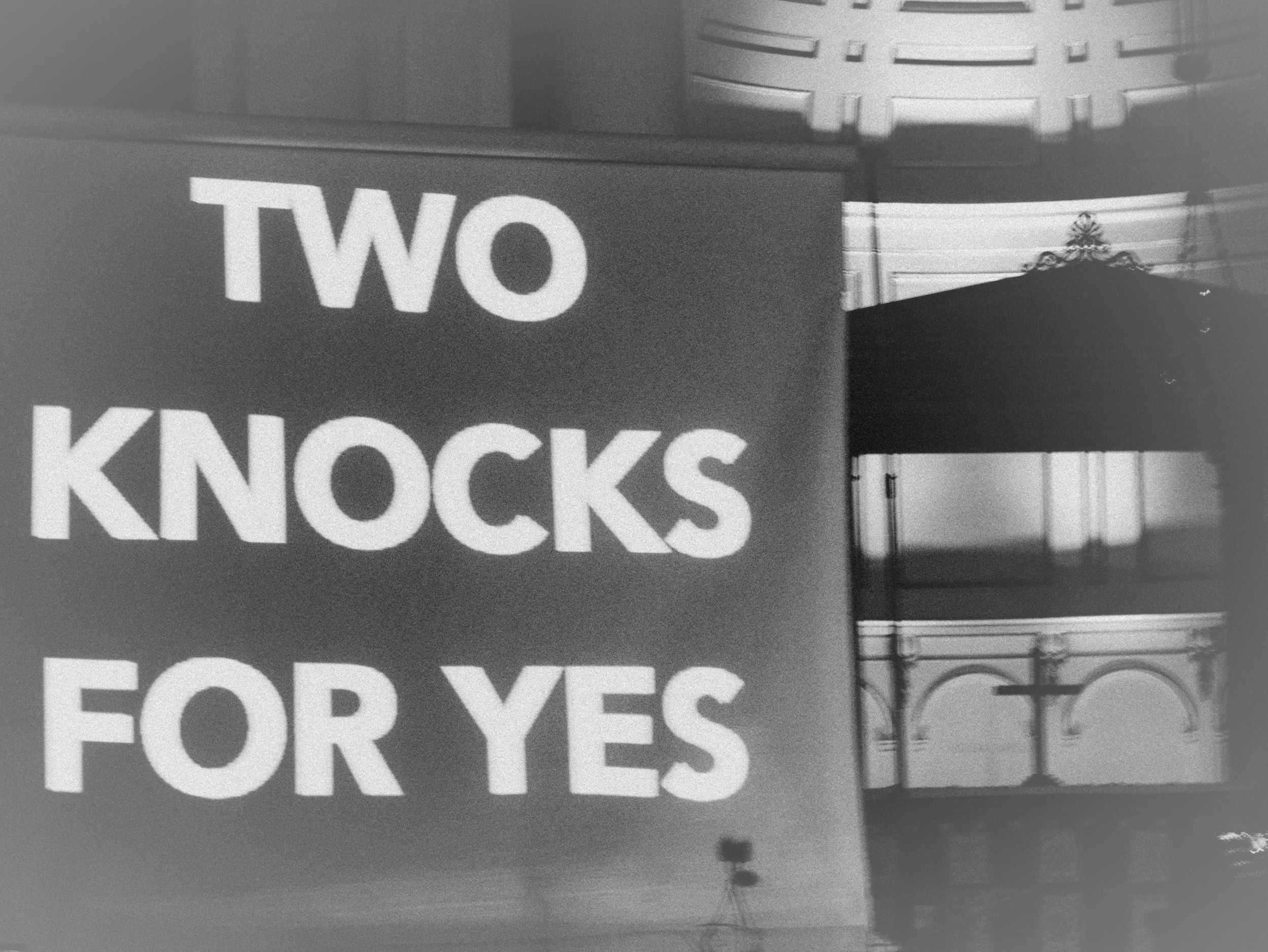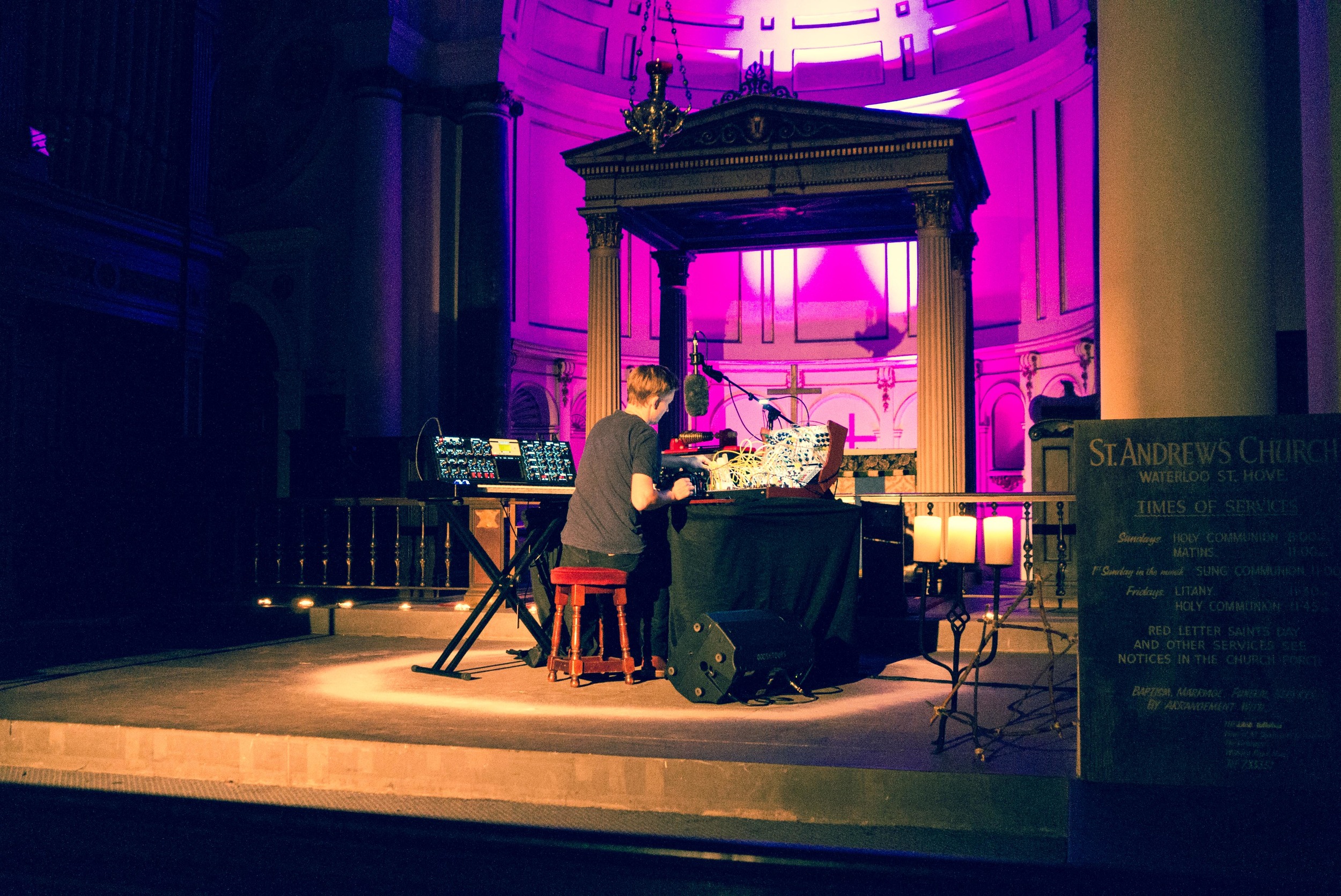I started a listening journal in September 2023 whilst on a residency in the Pyrenees. It wasn’t my first attempt to make ‘no microphone’* recordings, but it began a sustained period of recording sounds using words. Maybe it’s because it is relatively new compared to recording using microphones, which I’ve been doing for decades, but I’ve found the process has become my favourite way of connecting with listening.
My listening journal comes everywhere with me, and the feeling of opening it up to make a new entry is calming and invites a quiet focus I struggle to find anywhere else. I try to record in the moment rather than from memory, and find that this promotes a deeper listening and connection with the world around me, getting really inquisitive about what I’m hearing; the texture, rhythm, timbre, acoustics, time and spatial dynamics as well as exploring aspects of relationships, memories and place.
There is often no context in entries, just simple noting of things I’ve heard, with an attempt to record something of the character and detail of the sound. Sometimes it is important to describe the sound source and sometimes that won’t be so clear.
This is practice for me. Writing and listening.
I’m going to share extracts each month and begin with August’s recordings. I’m considering a number of bonus/subscriber content ideas including monthly extracts from the past year’s archive and an actual audio recording that accompanies each month’s extracts.
I’d be interested to hear if any of these recordings resonate with you and hope they might invite you to listen to the world in different ways. I owe a huge debt to Pauline Oliveros and other Deep Listening practitioners I’ve been fortunate enough to learn from and good friend and mentor Angus Carlyle, whose writing about sound has been inspirational.
*I read this term for the first time in Dirty Ear Report #2 last week. James Webb uses it to describe pretty much what I’m doing here.
Read More


